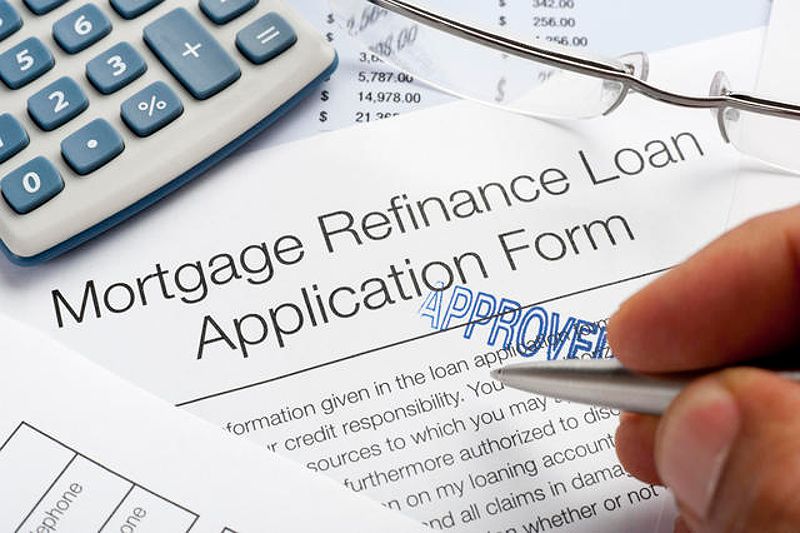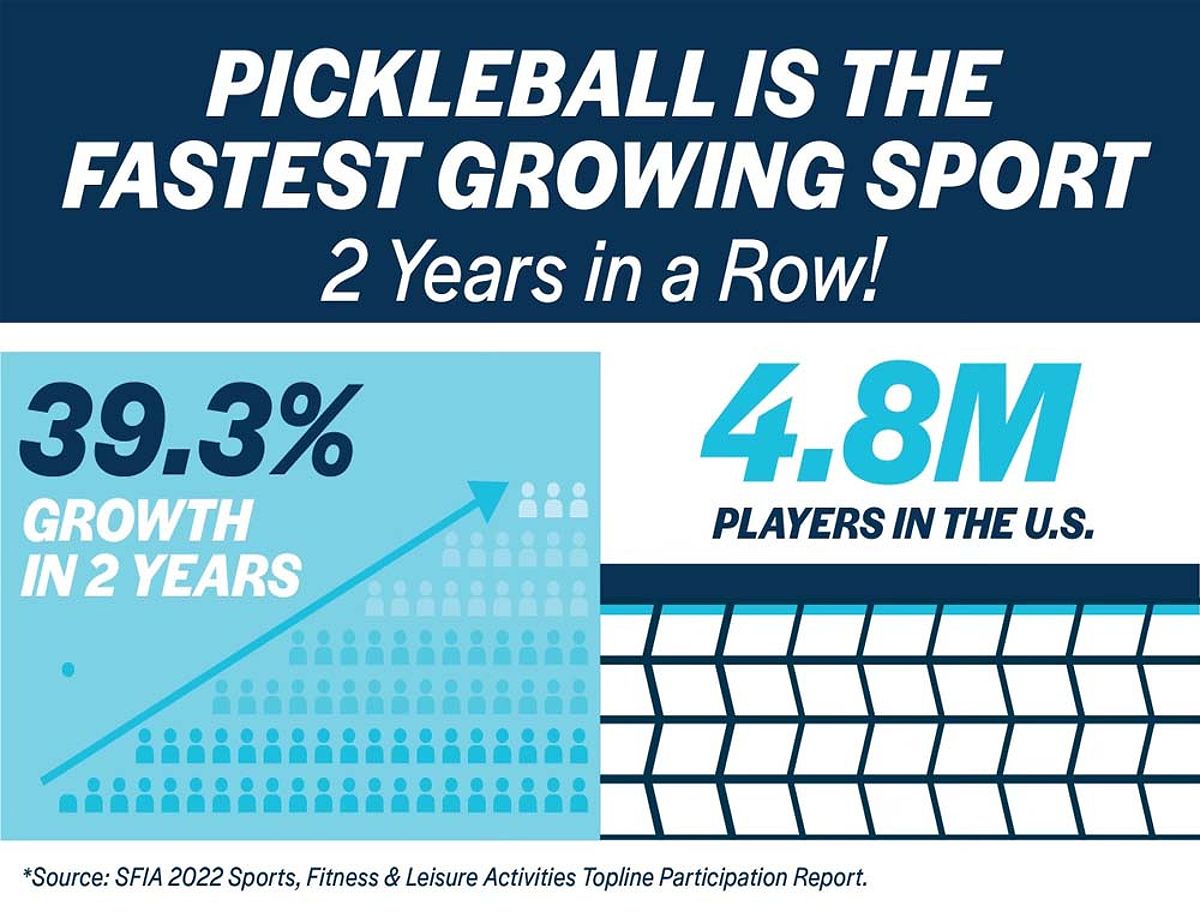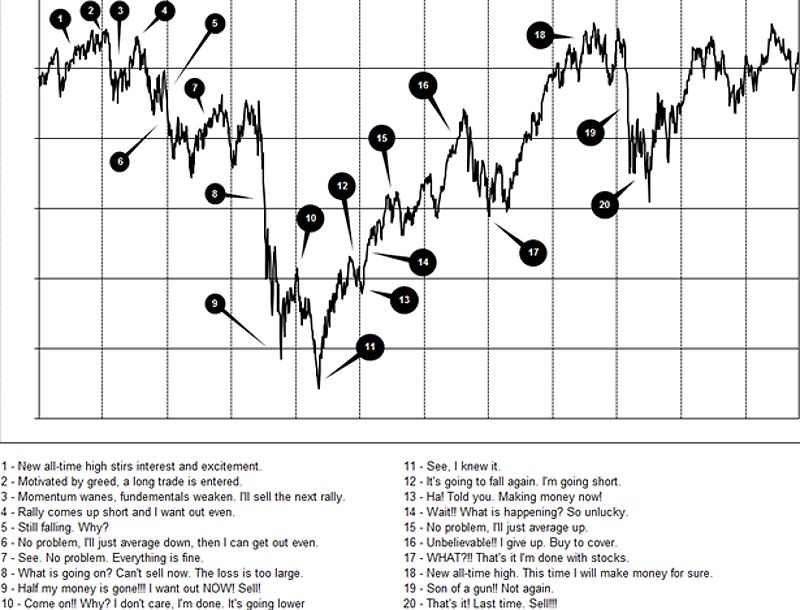The Best Time To Refinance Your House: Expert Tips & Strategies To Save Big
The Federal Reserve’s recent interest rate hikes have sent shockwaves through the mortgage market, with many homeowners wondering if now is the right time to refinance. While the current economic climate might seem uncertain, there are still opportunities to secure a lower interest rate and save money on your mortgage. This article delves into the best time to refinance your house, providing expert insights and strategies to help you navigate the current market.
Understanding the Mortgage Refinancing Landscape
Purpose of Refinancing
The primary goal of refinancing your mortgage is to replace your existing loan with a new one, ideally at a lower interest rate or with improved terms. This can lead to several advantages, such as reduced monthly payments, decreased overall interest charges, and the option to tap into your home’s equity. However, the decision to refinance hinges on understanding the current mortgage rate environment and how it affects your financial situation.
Potential Benefits
Refinancing can offer significant financial relief. By securing a lower interest rate, you can reduce your monthly mortgage payments, which can free up funds for other financial goals. Additionally, refinancing may allow you to consolidate debt or fund home improvements, thus increasing your property value. However, these benefits are closely tied to the timing of your refinance.
Current Mortgage Rate Environment
Mortgage rates are subject to constant fluctuations, influenced by various economic factors, including inflation, employment rates, and the overall economic outlook. Keeping an eye on these trends is essential for determining the best time to refinance your home.
Federal Reserve’s Influence
The Federal Reserve’s interest rate policy plays a pivotal role in shaping the mortgage market. When the Fed raises or lowers its benchmark rates, it can have a cascading effect on mortgage rates. Being aware of these shifts can help you identify optimal refinancing windows.
Mortgage Spreads
Another important concept to understand is mortgage spreads, which refer to the difference between the interest rates lenders pay on deposits and the rates they charge borrowers. These spreads can vary, and savvy homeowners who are informed about current trends may be able to negotiate better terms when refinancing.
The Best Time of the Month to Refinance
Why the Last Two Weeks Matter
Timing your refinance can be crucial, and the last two weeks of the month often present an excellent opportunity. Mortgage loan officers typically have monthly quotas to meet, which can incentivize them to offer more favorable rates and concessions as the month draws to a close.
- Increased Competition: Lenders may be more motivated to attract borrowers, leading to better deals.
- Willingness to Negotiate: Officers may be more open to discussing closing costs and other fees.
- Potential for Better Rates: The urgency to meet targets can result in more competitive interest rates.
The Impact of Quarterly Deadlines
In addition to monthly quotas, lenders often face quarterly targets. This means that the last month of each quarter—March, June, September, and December—can also be advantageous for refinancing.
- Motivation to Close Loans: Lenders may push to finalize as many loans as possible to meet their quarterly goals.
- Aggressive Lending Practices: The pressure to perform can lead to more favorable terms for borrowers.
- Opportunities for Better Deals: Homeowners may find increased chances to negotiate better rates during these times.
The Best Time of the Year to Refinance
Year-End Bonuses and Mortgage Rates
The fourth quarter of the year can be particularly advantageous for refinancing. Many mortgage loan officers receive year-end bonuses based on their performance, which can lead to increased motivation to close loans before the year’s end.
- Competitive Rates and Incentives: Lenders may offer more attractive rates to boost their annual revenue.
- Increased Competition Among Lenders: As lenders vie for borrowers’ business, rates and terms can become more favorable.
- Timing for Lower Interest Rates: The last two weeks of October and November, along with the first two weeks of December, are prime times to explore refinancing options.
Strategic Refinancing Timing
Understanding seasonal trends is crucial. The end of the year, particularly during the holidays, can see a spike in refinancing activity. Homeowners can leverage this knowledge to secure lower interest rates.
- Awareness of Seasonal Trends: Recognizing when lenders are most motivated can lead to better refinancing outcomes.
- Effective Timing: Strategic timing can significantly impact the terms you secure.
Factors to Consider When Refinancing
Your Financial Situation
Before diving into the refinancing process, it’s essential to evaluate your financial health. Factors such as your credit score, debt-to-income ratio, and overall financial stability can influence your refinancing options.
- Eligibility for Refinancing: A strong credit profile increases your chances of securing favorable terms.
- Interest Rate Impact: Your credit score can directly affect the interest rate you qualify for.

Your Loan Type and Requirements
Different types of loans—conventional, FHA, VA, or USDA—come with their own refinancing timelines and requirements. Understanding these distinctions is critical.
- Specific Waiting Periods: Some loans may have restrictions that affect when you can refinance.
- Research Requirements: Familiarize yourself with the eligibility criteria for your current loan to determine your refinancing options.
Closing Costs and Break-Even Point
Calculating the closing costs associated with refinancing is vital. These costs typically range from 2% to 6% of the loan amount and can quickly offset any savings from a lower interest rate.
- Understanding Break-Even Point: This is the time it takes for your savings from a lower rate to outweigh the closing costs.
- Use of Calculators: Online tools can help estimate your break-even point, ensuring you make informed decisions.
The Impact on Your Credit Score
Refinancing can temporarily affect your credit score due to hard inquiries. To mitigate this impact, consider pre-qualifying for a loan before submitting a formal application.
- Pre-Qualification Benefits: This can help you gauge potential offers without significantly affecting your credit score.
- Monitoring Your Credit: Keep an eye on your score and take steps to improve it if necessary.
Tips for Negotiating the Best Rate
Shop Around for Rates
To secure the best time to refinance your house, it’s important to shop around. Obtaining quotes from multiple lenders can help you compare rates and terms effectively.
- Use Online Marketplaces: These platforms can streamline the process and provide competitive quotes.
- Compare Offers: Look at interest rates, closing costs, and loan terms to find the best deal.
Leverage Your Relationship with Your Lender
If you have a strong track record with your current lender, don’t hesitate to reach out. Loyal customers may be offered preferred rates and terms.
- Contact Your Current Lender: Discuss your history of on-time payments and loyalty to potentially secure better rates.
- Highlight Your Reliability: Emphasizing your good payment history can work in your favor during negotiations.
Negotiate Closing Costs
Closing costs are often negotiable, so don’t shy away from discussing these fees with your lender. Use your financial profile as leverage.
- Leverage Your Credit Score: A strong credit profile can help you negotiate lower closing costs.
- Be Prepared to Compare Offers: Gather multiple quotes to strengthen your negotiating position.
Alternative Refinancing Options
Cash-Out Refinancing
Cash-out refinancing allows homeowners to access their home equity, which can be beneficial for various financial needs.
- Funding Home Improvements: This option can be used to enhance your property’s value.
- Consolidating Debt: Homeowners may consider this route to manage existing debts more effectively.
- Careful Consideration Needed: Weigh the potential benefits against the risks of increasing your overall debt.
Reverse Mortgages
Reverse mortgages are particularly relevant for older homeowners who have significant equity in their homes.
- Access to Home Equity: This option provides a way to tap into home equity without monthly mortgage payments.
- Consult a Financial Advisor: Before pursuing this route, it’s wise to understand the pros and cons associated with reverse mortgages.
FAQ
Q1: What is the average closing cost for refinancing a mortgage?
A1: Closing costs typically range from 2% to 6% of the loan amount.
Q2: How long does it typically take to refinance a mortgage?
A2: The refinancing process can take anywhere from 30 to 60 days, depending on the lender and the complexity of the loan.
Q3: Is it possible to refinance my mortgage if I have a low credit score?
A3: Yes, but you may have to accept a higher interest rate. It’s best to improve your credit score before applying for a refinance.
Q4: What is the difference between a rate-and-term refinance and a cash-out refinance?
A4: A rate-and-term refinance simply changes the interest rate and loan term, while a cash-out refinance allows you to access equity in your home.
Conclusion
Refinancing your mortgage can be a smart financial move, but understanding the best time to refinance your house is crucial for maximizing your savings. By being aware of the factors that influence mortgage rates and the optimal times to refinance, you can increase your chances of securing a lower interest rate and reducing your monthly payments. Start exploring your refinancing options today by obtaining multiple quotes from different lenders. Remember to calculate your break-even point and negotiate closing costs to ensure that refinancing is a financially beneficial decision for you.
MORE FROM pulsefusion.org












